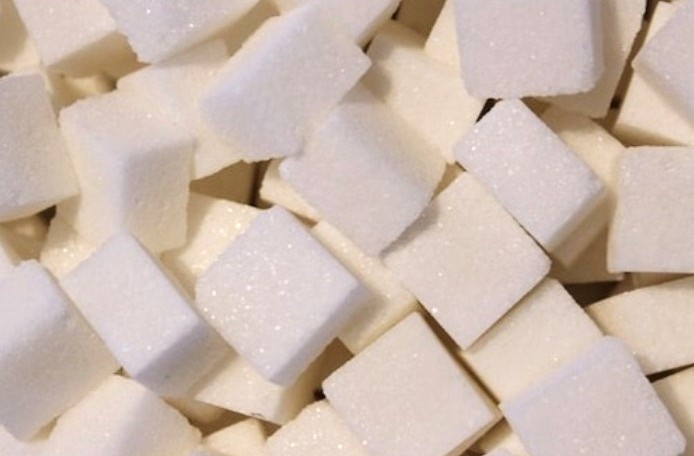W16 Sugar Update: Egypt's Sugar Market Prices Dropped by 5% on Reduced Demand and Surplus Supply, India's Sugar Production Holds Steady in the 2023/24 Season, and Tajikistan Seeks Sugar Import Alternatives Amid Russia's Export Ban

Sugar Prices Dropped by 5% Amid Reduced Demand and Supply Surplus in the Egyptian Market
In Egypt, sugar prices droppedto USD 0.79 per kilogram (EGP 38/kg), a decrease from over USD 0.84/kg (EGP 40/kg) before Ramadan. This decline is due to reduced demand after Ramadan and a surplus supply in the Egyptian market. The increased supply iresults from the Ministry of Supply's initiatives to distribute sugar at discounted prices and a tender by the General Authority for Supply Commodities to procure 50 thousand tons of raw cane sugar. The Minister of Supply and Internal Trade has stated that Egypt's strategic sugar reserve, which has already been sufficient for six months, will be further reinforced by ongoing deliveries from farmers.
India's 2023/24 Sugar Production Slightly Lower Than Previous Season
According to the Indian Sugar Mills Association (ISMA), India's sugar production for the 2023/24 season until April 15, 2024, reached 31.09 million metric tons (mmt), slightly lower than the 31.23 mmt produced in the 2022/23 season. This decrease is mainly due to lower production in Karnataka, offsetting increases in Maharashtra and Uttar Pradesh, the country's top sugar-producing states. ISMA has revised its net sugar production estimate for the 2023/24 season from 34 mmt to 32 mmt. The report also noted a higher number of sugar mills closing by mid-Apr-24, with 128 mills shutting down, indicating a faster pace of closures compared to 2023.
Moreover, India’s sugar production for the 2024/25 season is expected to reach 34.5 mmt, slightly higher than the forecast of 34 mmt for the current cycle, according to a report from the United States Department of Agriculture (USDA). Meanwhile, India's total sugar exports for the 2024/25 harvest are estimated at 3.7 mmt, a decrease from 4.6 mmt in the current cycle, as the Indian government is likely to maintain the export limit to meet domestic food consumption. Additionally, part of the country's raw material has been diverted to its ethanol program.
India and Pakistan Seek Sugar Export Quotas Amid Supply Surpluses
The ISMA and Pakistan Sugar Mills Association have requested permission from their governments to allow sugar export quotas due to supply surpluses. India plans to export 1 mmt due to a 9 mmt stockpile by Sep-24. Meanwhile, Pakistan expects a surplus of 1.5 mmt and has been granted permission to export 750 thousand mt. This has caused a slight decrease in raw sugar prices, with potential exports impacting global sugar prices and trade flows, especially with the upcoming Brazilian sugarcane harvest.
USDA Forecasts Decrease in Indonesia's Sugar Production for 2024/25 Season
The USDA's agricultural attaché in Indonesia has forecasted a drop to 2 mmt from the 2.3 mmt estimated for the 2023/24 season. This change coincides with a slight increase in domestic sugar consumption, projected to rise to 7.6 mmt from 7.5 mmt. Consequently, sugar exports are predicted to decrease significantly, while imports are set to increase to 5.5 mmt, up from 5 mmt. Ending stocks are anticipated to drop to 1.8 mmt from 1.950 mmt in the previous season, indicating tighter sugar supplies in Indonesia.
Australia's Sugar Production Set to Increase in 2024/25 Season
The USDA expects sugar production in Australia to increase slightly from 4.1 mmt in the 2023/24 season to 4.2 mmt in the 2024/25 season. This growth is due to an expansion in the sugar cane harvest area and improved yields. Consequently, Australia's raw sugar exports are projected to rise from 3.35 mmt to 3.45 mmt. Despite its small production scale, Australia plays a significant role in the global sugar market, mainly exporting to Japan, Indonesia, and South Korea, driven by low domestic demand. The report also notes a decrease in raw sugar prices from a 12-year high last Nov-23, though prices remain elevated due to an expected global supply deficit in the 2024/25 season.
Tajikistan Seeks Sugar Import Alternatives Amid Russia’s Export Ban Until Aug-24
Tajikistan faces a challenge in sourcing sugar imports following Russia's export ban until August 31, 2024. Heavily reliant on Russian sugar imports, the country will need to explore alternative sources. Tajikistan imports all its sugar due to a lack of domestic production, making it reliant on international sources to meet its demand. In 2023, Tajikistan imported 141.5 thousand tons of sugar, with over 45 thousand tons (32% of the total) coming from Russia. Other significant sources include Pakistan (28%), India (26%), Belarus (12%), and Iran (1%), with small amounts from other countries. In 2023, the average price of sugar for Tajik suppliers was USD 669/ton, an increase of USD 61 from 2022.





